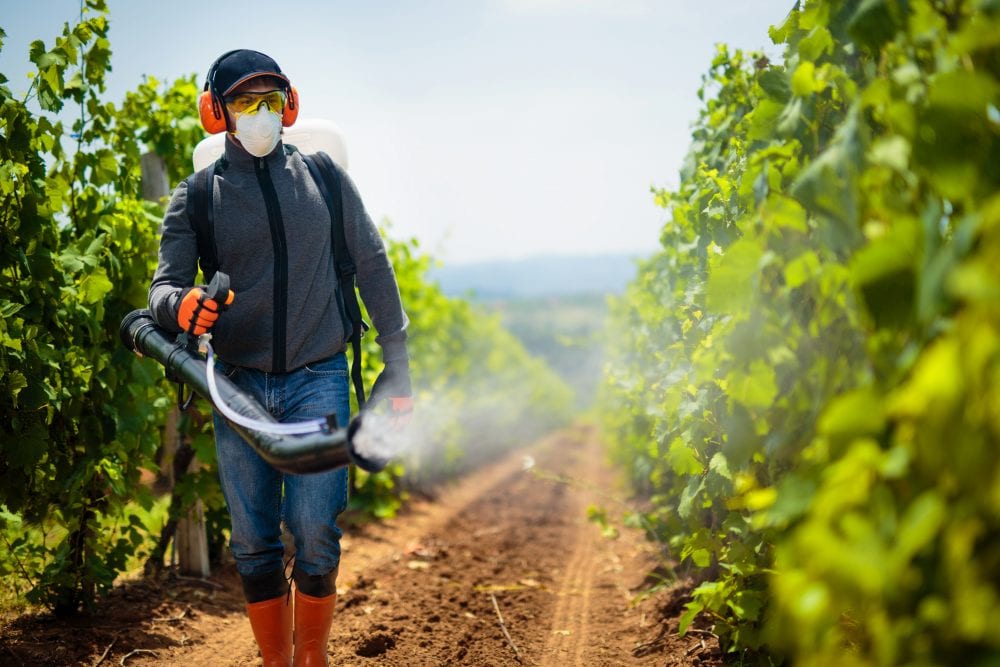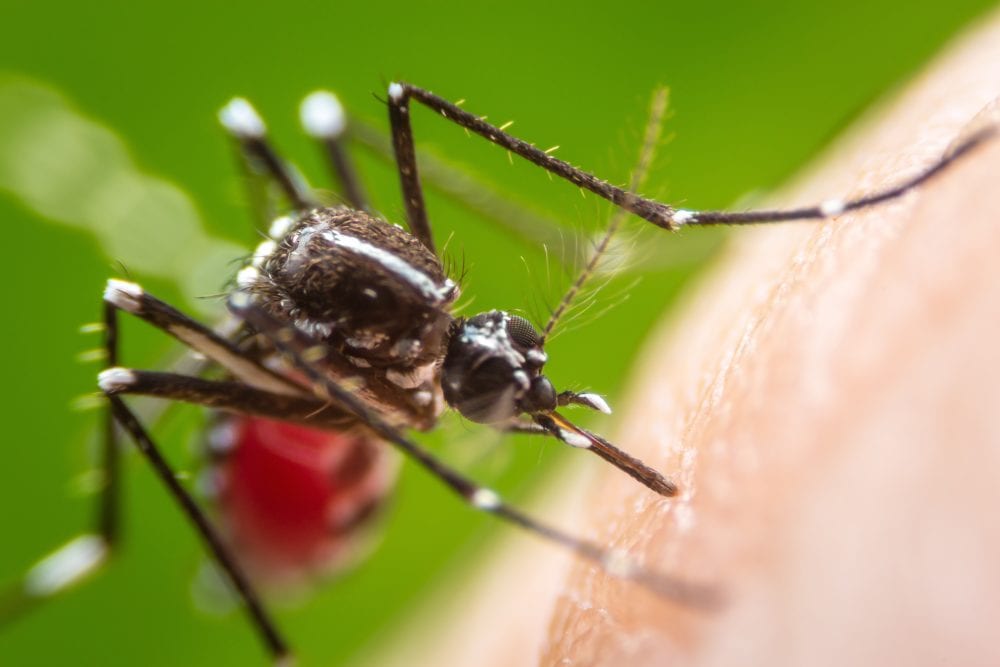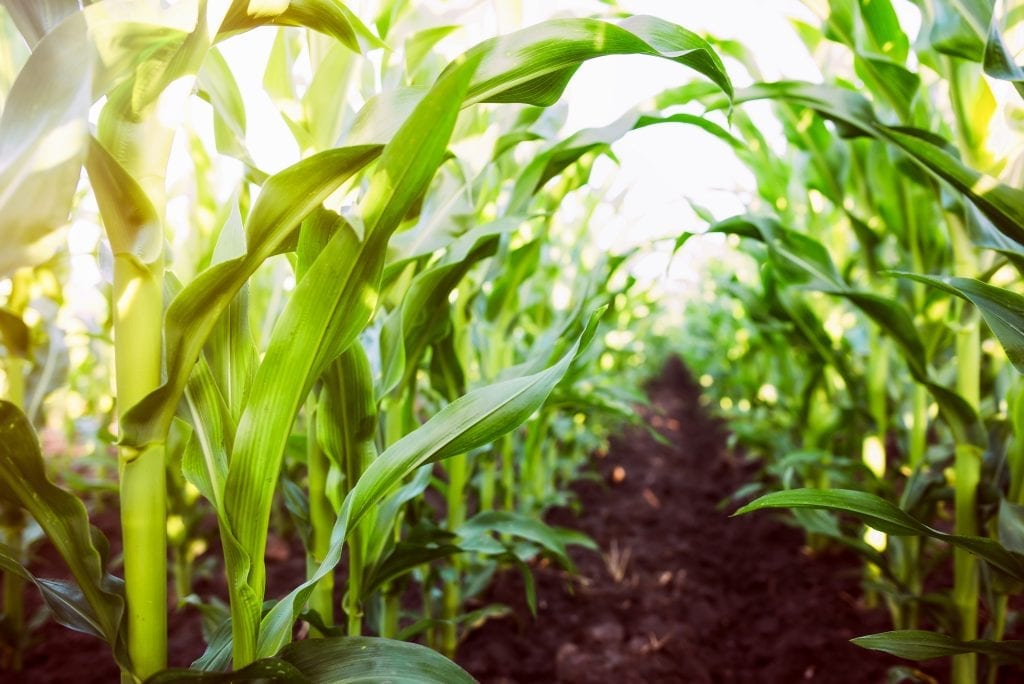No products in the cart.
Agriculture
Integrated plague management: everything you need to know
In search of greater efficiency in plague control and reducing the use of products that are aggressive to humans and the environment, natural pesticides and biological products are increasingly used in agriculture.
Brazil is the country that most uses pesticides in the world, consuming about 1 billion liters of pesticides every year. However, these products have serious long-term consequences, as plagues create resistance to pesticides. Moreover, they are harmful to health and can pollute the soil and water.
To avoid these problems, less aggressive techniques use for health and the environment, such as integrated plagues management, is necessary.
But, do you already know about the integrated plague management? Do you know how to use it in your harvest? In this article, you will find everything you need to know on the subject. Check out!
Know about the integrated plague management (IPM)
In the integrated plague management, the producer must reconcile several control methods, minimizing agrochemicals use. It is also important to consider the production cost and the impact on the environment.
One of the integrated production objectives is to manage the crop so that plants can manifest their natural resistance to plagues and that beneficial organisms can protect themselves. It is capable of increasing the natural mortality factors, keeping the plague population at levels that can’t cause economic damage.
In addition, IPM favors the adoption of alternative or non-chemical methods, such as pheromones and biopesticides. Another practice is to seek the alternative hosts eradication, with the plant affected parts removal and burning.
Balanced fertilization, pruning and thinning are factors that discourage the plague and pathogens establishment and facilitate their control.
Among the control used types, we can mention:
- Cultural control
- Biologic control
- Behavioral control
- Genetic control
- Variety control
- Chemical control
These sustainable practices are in contrast to conventional plague control, based on routine pesticide applications. Those solutions are temporary and ineffective in the long term, as they do not address the infestations causes. Further, the pesticides used are harmful to health.

See how to do integrated plague management
Daily and detailed plantations observation is the first step to carry out this control type. The objective is to monitor and identify the plague type and its population growth in the field.
Monitoring should begin even before planting begins. It involves taking frequent plague populations samples to see if they are harmful or not. At that time, it is necessary to do the control and, for this, there are several management tactics.
If the plague presence reaches critical levels, it is necessary to decide what is the best way to fight it. Next, we will mention the main integrated plague management tactics that can be applied to crops.
Cultural control
It consists of reducing the food availability for the plague, avoiding its population explosion out of season. To do this, cultural remains and host weed must be removed between crops.
This control type must be permanent in the field as a preventive action, whether or not the plague presence is verified.
Behavioral control
It requires the chemical signals use between living beings. This control type uses trap plants, repellent plants, and pheromones to stop pests from mating.
Pheromones can be used in traps. This way, several male insects are captured, making mating impossible, since they cannot find the females.
Genetic control
It refers to the plague genome manipulation order to control it. This selective method reduces the pest population by reducing their reproductive potential.
An example is the dengue mosquito genetically modified case (GM) so that the males are sterile. Once released into the environment, they compete with non-sterile males for females.

Varietal control
Consists in the use of some resistant varieties that can be obtained through conventional genetic improvement or transgenics.
The transgenic varieties can have one or more proteins capable of controlling insects, such as the Bt genetic varieties, used mainly in the caterpillars’ control.
Biologic control
It involves activity to preserve beneficial natural enemies, such as parasitoids, predators, nematodes, fungi, viruses, and bacteria. They can be released in the field or prepared in formulations with fungicidal, insecticidal or nematicidal action and sprayed on crops.
Discover the different plague control stages
- The fight against plagues begins with a good agricultural situation diagnosis, based on crops situation studies on your land. Consult the possibility of using more resistant crop varieties, always using cultural methods.
- After planting, we must begin to take samples and identify plagues. Try to identify the main plague, check its development status and assess the damage that is being caused in production. An agronomist or technician can assist in this evaluation process and indicate the best control strategy.
- From the information collected in the sampling, if you identify that plagues are causing harm, you must choose the biological or chemical control agents that can be used.
- To define the best control strategy, it is necessary to take into account the entire productive environment in which the crop is located. Take into account the impact of this control on non-target insects, application times, application mode, residual or shock effect, among other factors.
- After application, more controls are needed by the agronomist to evaluate if these plagues control is being really efficient and if productivity is not being affected.
As we have seen, integrated plagues management allows effective crops protection and reduces the pesticides use, making control more efficient, economical and sustainable.
Did you like this article? Do you want to know more about how to increase your production efficiency? Check out this article on agribusiness logistics.


